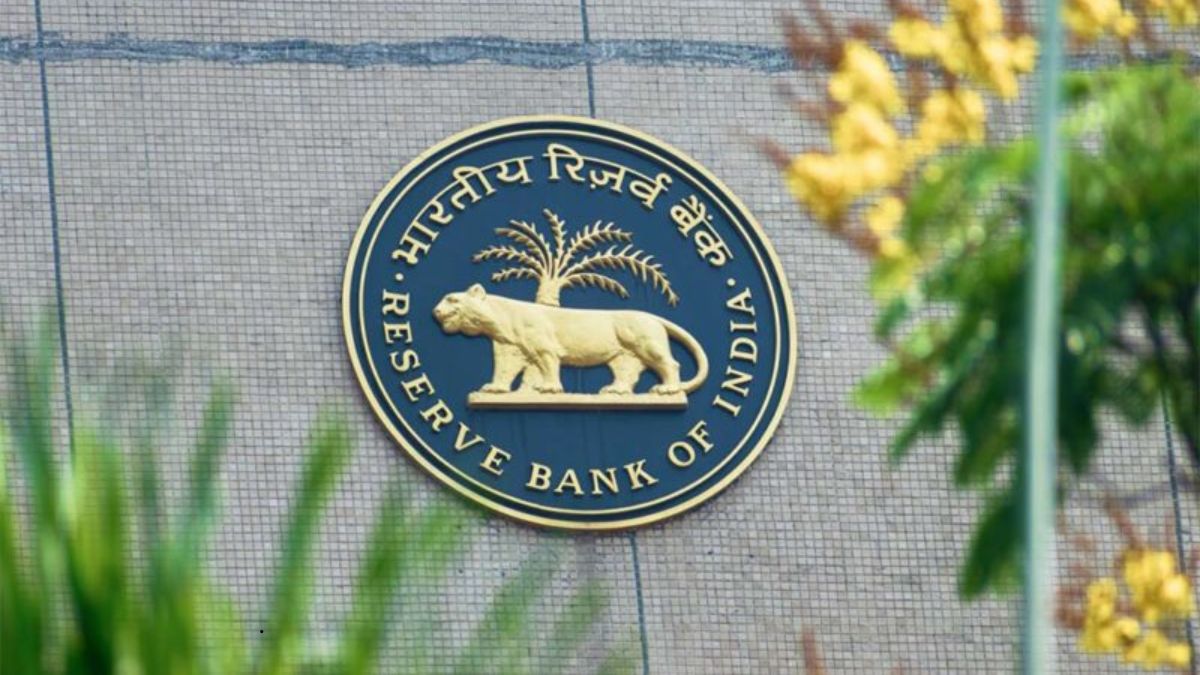The Reserve Bank of India (RBI) Governor Sanjay Malhotra, in a widely anticipated move, announced that the Monetary Policy Committee (MPC) has unanimously decided to keep the policy repo rate unchanged at 5.5%. The central bank reaffirmed its neutral stance, focusing on maintaining financial stability while inflation remains under control and growth stays on track.
Here are the top 10 key takeaways from the RBI’s policy decision and Governor Malhotra’s address:
-
Repo rate unchanged at 5.5%
The MPC has chosen to maintain the status quo on the policy rate, balancing inflation risks with growth concerns. -
Neutral policy stance retained
Governor Malhotra confirmed the continuation of a neutral stance, indicating flexibility in responding to future data. -
Inflation at a six-year low
CPI inflation for Q2FY26 is at 2.1%, the lowest in six years, reducing the urgency for an immediate rate cut. -
Markets were expecting a 25bps cut
However, the RBI chose to wait, citing the need to watch evolving macroeconomic signals. -
Food prices behind headline inflation drop
The sharp fall in inflation was primarily due to volatile food prices; core inflation remains stable around 4.4%. -
Inflation projected to rise later in FY26
CPI inflation is projected to rise from Q4 onwards, reaching 4.9% by Q1FY27. -
Growth robust but below aspirations
The RBI kept FY26 GDP growth projection unchanged at 6.5%, acknowledging strong fundamentals but also room for improvement. -
Tariff uncertainties remain
The central bank noted ongoing global trade and tariff risks as an evolving factor that may impact inflation and growth. -
Monetary transmission still in progress
RBI emphasized that previous policy actions are still playing out across the economy. -
Macro conditions justify current rates
Overall macroeconomic outlook—ranging from growth momentum to liquidity surplus—supports continuation of the current repo rate.
The RBI continues to navigate a delicate balance between fostering growth and anchoring inflation expectations, while keeping an eye on global volatility and domestic resilience.


